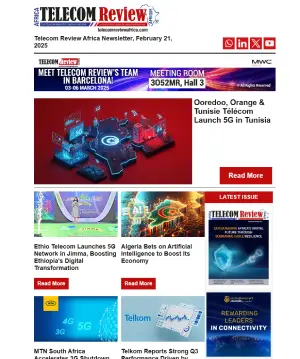Thanks to the centralization of the Internet, which has strengthened the online connections between billions of people, the World Wide Web now has a reliable and stable infrastructure. At the same time, a small group of centralized organizations control a significant portion of the World Wide Web and make unilateral decisions about what should and should not be allowed. Web3 solves this problem. Instead of being dominated by large technology companies, Web3 is decentralized and is created, managed and owned by people, not companies.
Why Do We Need Web3 Social Networking?
Web2 social networks like Facebook and LinkedIn have made connecting with friends, family, and colleagues as natural as breathing, but only when following their rules. And for those who don’t like it, these Web2 platforms are happy to serve the customer a lengthy ban. As an example, Facebook employed a blanket ban on all crypto-related advertising, preventing legitimate startups from gaining traction. While that ban is over, Web3 organizations still need to jump through several hoops to advertise on the platform.
Rather, Web3 social networking offers five key benefits:
- Ethical advertising: Social media platforms are notorious for mining and sharing as much user data as possible, but the problem is that it’s tricky to know what data they collect. Who says there’s no other way to extract data? On the contrary, transparent social networks on the blockchain can remove that possibility with smart contracts that anyone can verify.
- Streamlined news feeds: Besides Meta’s portfolio, there’s virtually no interoperability between social platforms. As a result, we have to constantly cross-promote and double-up on posts to ensure that the followers see the content. With Web3, however, you can build a platform that aggregates content from all your connected networks, so you can keep your followers up-to-date rather than managing multiple platforms.
- Identity ownership: One of the biggest unlockings of Web3 social networking is identity ownership. Web2 social platforms can easily censor or ban an account if it doesn’t comply with its terms of use; all it takes is one simple mistake for a Web2 social platform to delete your account and force you to start over. In contrast to Web2 platforms, Web3 revolves around giving people control over their online identity and preventing them from being accused/oppressed by authoritarian constraints.
- Automatic verifications: For every Web2 platform we want to use, including those outside the social domain, we need to go through a verification process, with privacy checks that are limited since there are no set standards in place. For example, on the LinkedIn platform, anyone could easily add that they worked at Google, and of course, it is possible for people to double-check this information. But this is tedious, and most people won’t bother unless they know people who work there. On the other hand, fully functional Web3 infrastructures allow us to create a single source of truth (the blockchain) for identity and subsequent credential verification, which converge to protect us from scammers.
Web3 vs Web2
Building a social network on Web3 has significant advantages, one of which is being “composable.” Web2 is all about privacy and exclusive information. In Web3, on-chain code is freely available, which means you can reuse the code from any project you want. This feature speeds up development cycles and allows developers to focus on the features that will make their protocol unique. Composability is the foundation of this Web3 interoperability.
Moreover, Web3 is growing in its interoperability Currently, Web3 is not yet fully interoperable, and when it comes close, it can be clumsy and slow. However, it is getting closer to true interoperability day by day. The current interoperability of NFTs allows the development of protocols around them without the approval of individual collection creators. Above all, interoperability makes it more efficient to create unique products and services without having to adopt multiple technology stacks to juggle different protocol standards.
In addition, Web3 is open-source; interoperability and composability are nothing if developers have to ask permission each and every time they want to build something. The open-source nature of blockchain also eliminates project risk, as builders don’t have to rely on other protocols and as developers can duplicate features. For example, many applications were created on Twitter until the company closed its API, which prevented further development. In the open-source world of Web3, Twitter and other such companies wouldn’t have to deal with situations like this at all.
We can build all the Web3 social networking platforms we want, but the only way to unlock their value is to promote their adoption. The way to do this is to provide a seamless user experience. For Web3 social networks to become the norm, they must look like Web2 and have intuitive user interfaces and familiar onboarding processes, while offering the advantages that only Web3 can bring.






